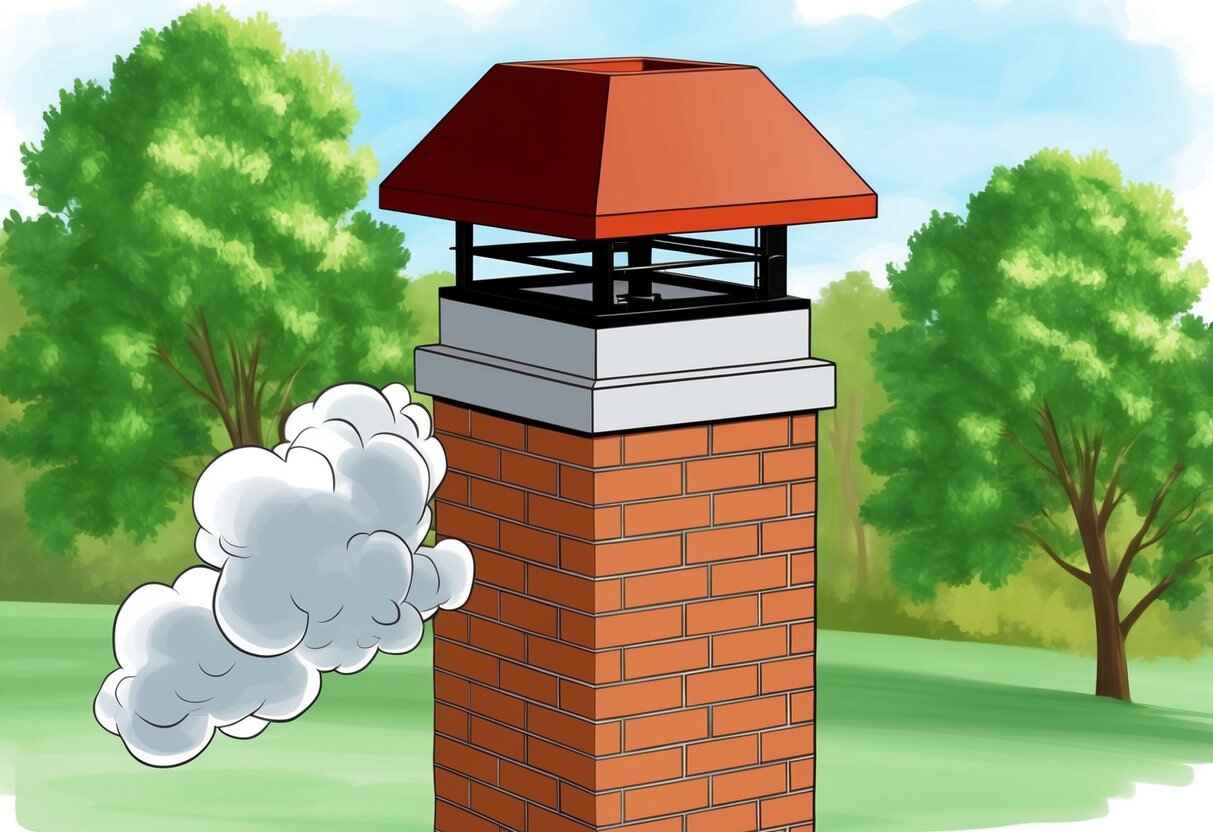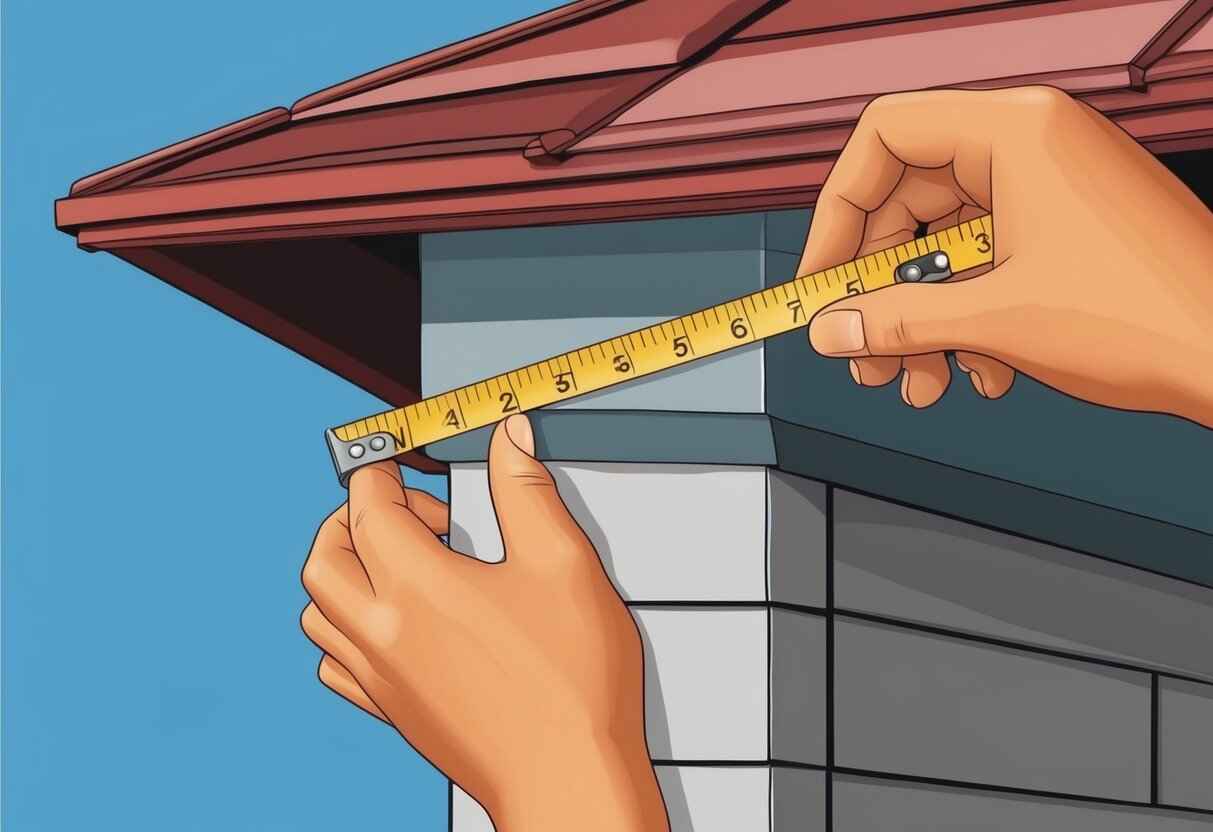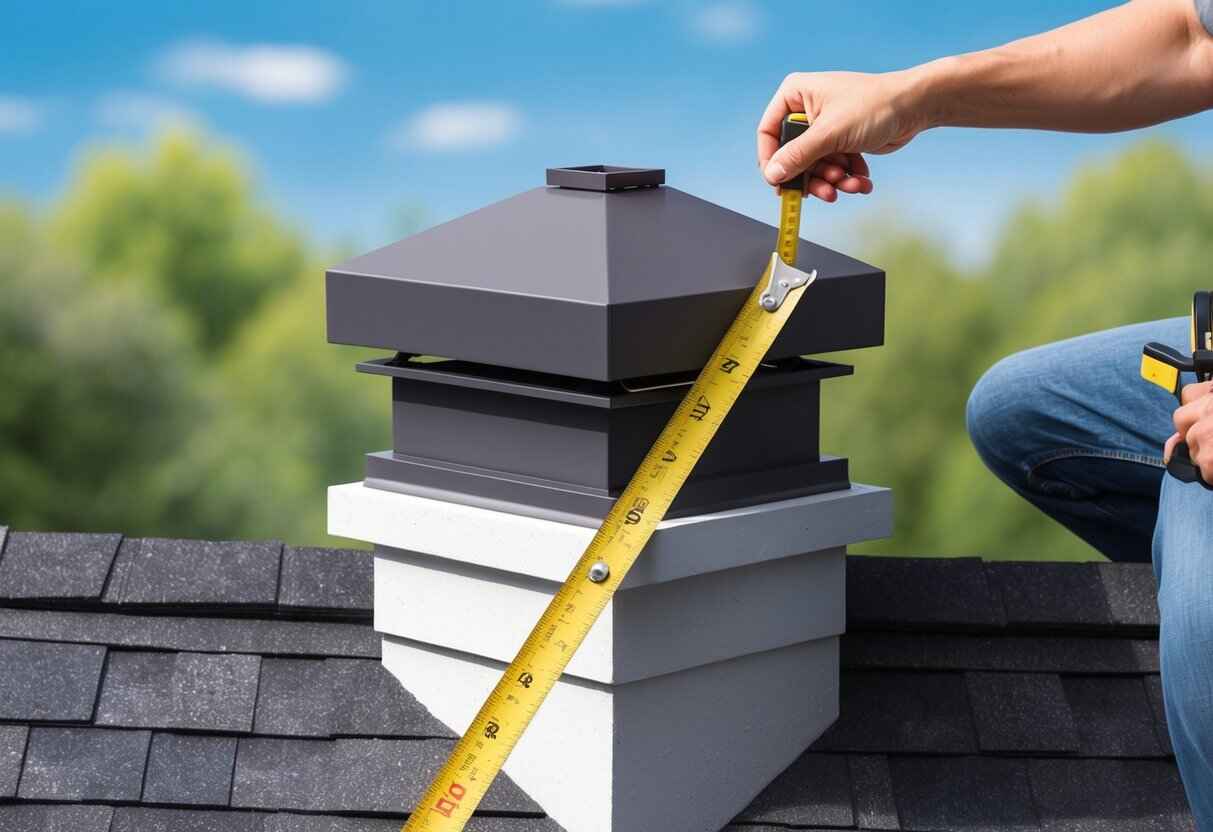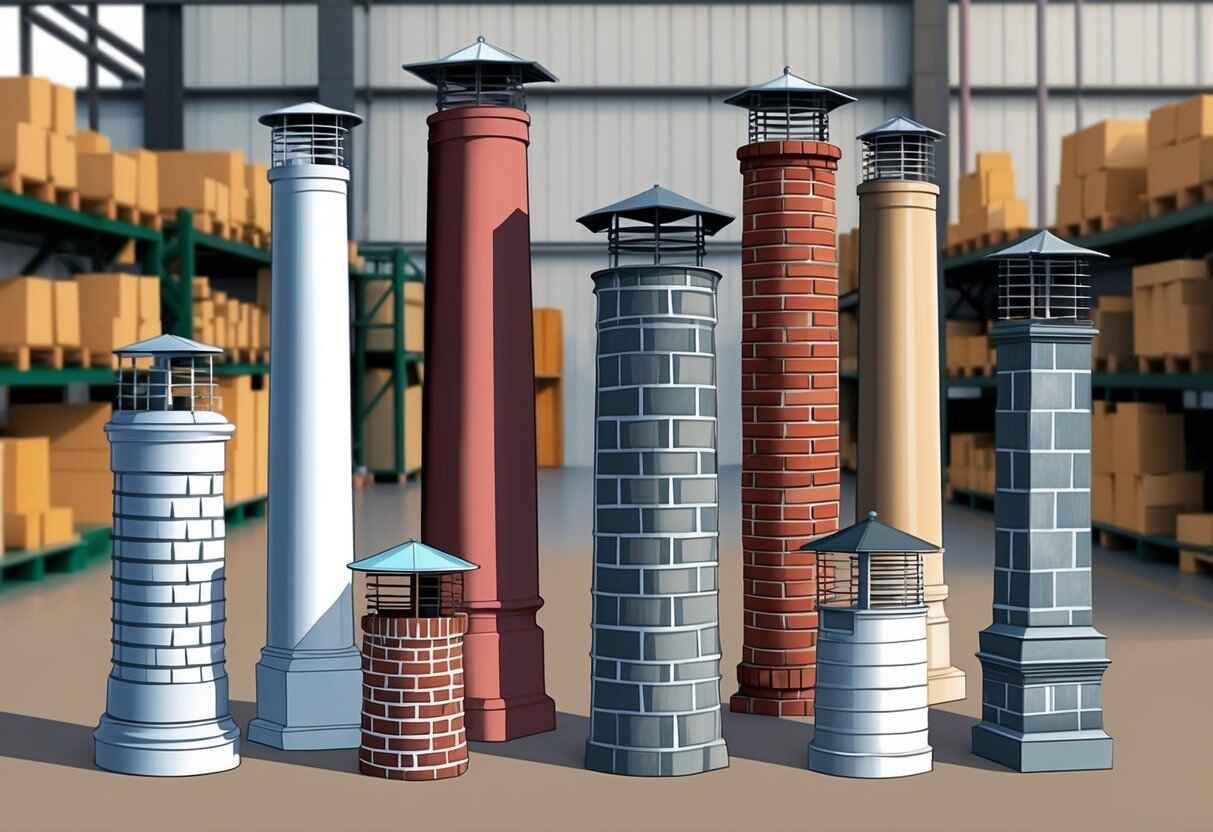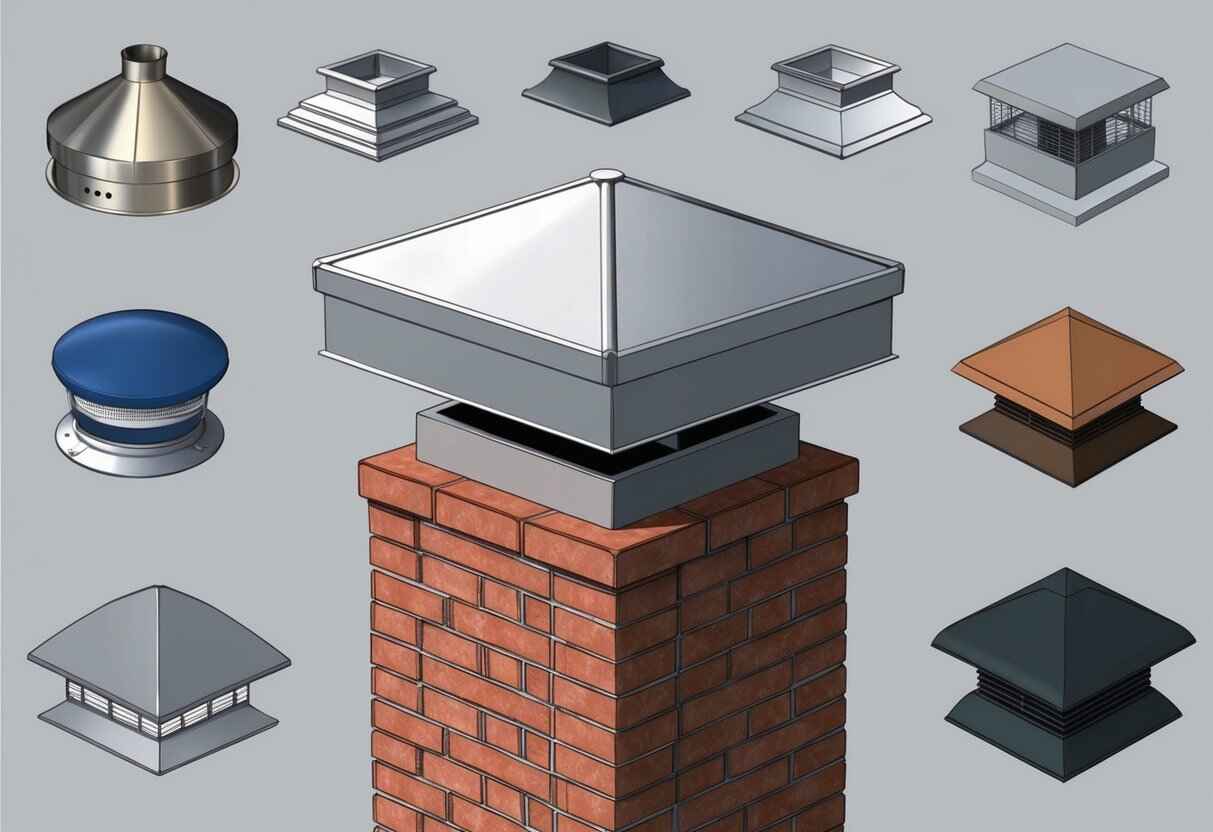Are Chimney Caps Standard Size Key Considerations for Homeowners – Chimcare Chimney Caps
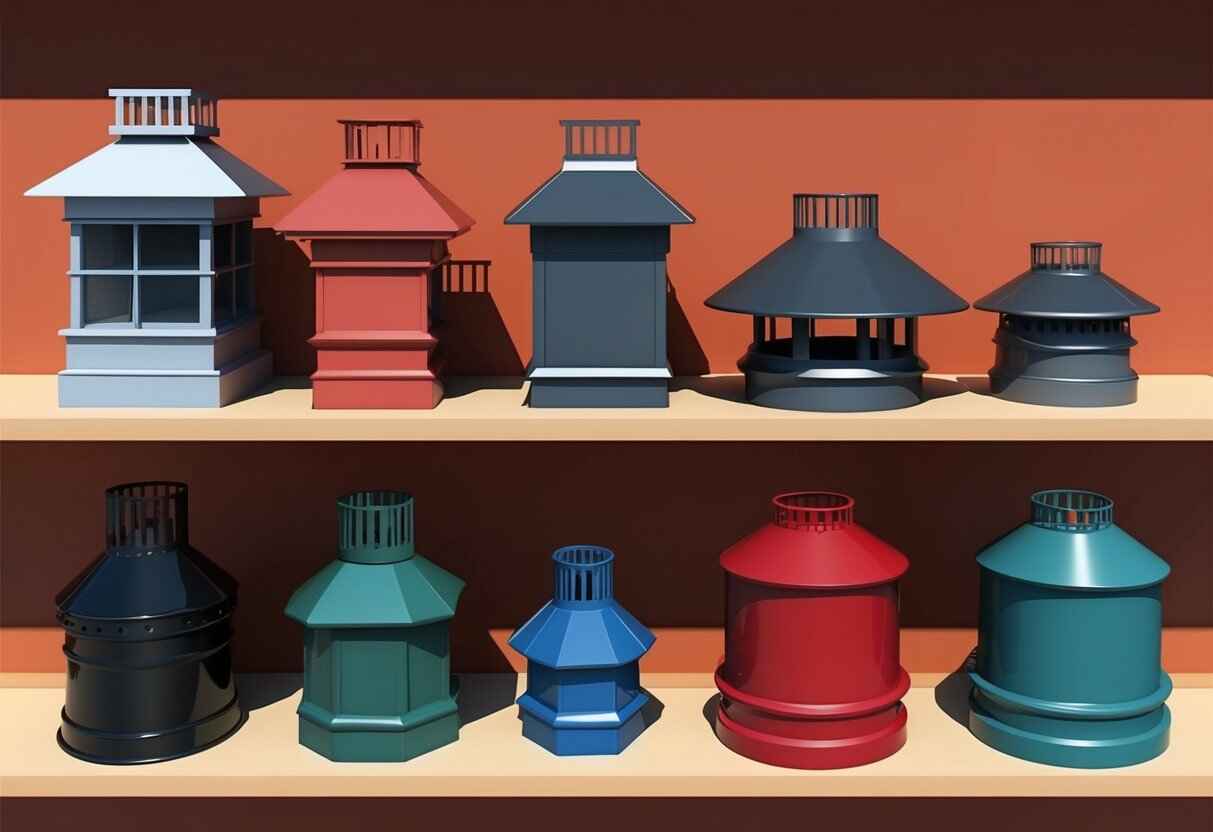
Introduction
When considering the needs of your chimney, including protection from weather and debris, the question of whether chimney caps come in standard sizes often arises. Many chimney caps can accommodate the majority of chimneys, but there isn’t a true standard size due to the variety of chimney designs. While some homeowners may easily find a cap that fits directly from standard measurements, others may need to seek custom solutions.
Our exploration will cover the key aspects of choosing the right chimney cap, focusing on the importance of matching cap size to the chimney flue. Given the common dimensions available for masonry chimneys, such as 8×8 inches and 13×13 inches, it’s clear that measuring accurately is crucial. This ensures compatibility with the chimney crown and effective performance.
Beyond size, we’ll delve into how material choices like stainless steel or copper affect durability and longevity. By understanding these factors, we can better maintain our chimneys’ functionality and safety.
Key Takeaways
- Chimney caps generally fit a wide range of chimneys but vary in size.
- Correct measuring of the chimney flue is essential for fit.
- Material choice impacts chimney cap durability.
Understanding Chimney Caps
Chimney caps play a crucial role in protecting chimneys from environmental damage and unwanted intrusions. They come in various types and sizes, each offering specific benefits and features.
Purpose and Functions
Chimney caps are designed to shield the chimney from several potential issues. One of their primary functions is to prevent rainwater from entering the chimney, which can cause damage to the flue and masonry over time.
Caps also act as barriers against debris, such as leaves and twigs, which can block the chimney and pose fire hazards. Additionally, they deter critters like birds and squirrels from nesting inside.
In areas prone to strong winds, chimney caps stabilize the draft, which improves the efficiency of the fireplace. Furthermore, spark arrestors can be included to reduce the risk of embers escaping the chimney and igniting nearby materials.
The use of caps for both single-flue and multi-flue chimneys demonstrates their versatility in providing protection and efficiency.
Common Types of Chimney Caps
We typically encounter several types of chimney caps, each catering to different needs and designs. Single-flue caps are tailored to cover individual flues, making them suitable for homes with a single venting system.
Multi-flue chimney caps cover multiple openings, providing comprehensive protection for chimneys with multiple flues. These larger units are often designed to bolt to the chimney’s concrete cap, offering robust security.
Common materials include metal, which is durable and resistant to weathering. Copper chimney caps add an aesthetic appeal and are known for their longevity and resilience. Each type and material has unique attributes that cater to specific chimney structures.
Determining the Right Size for Your Chimney
When sizing a chimney cap, precise measurements ensure the best fit. Chimney caps are available in both standard and custom sizes, suited to various chimney structures and needs. Identifying the correct size involves understanding the dimensions of the chimney flue.
Standard Sizing and Measurements
Standard chimney caps come in several dimensions. Common sizes include 8″ x 8″, 8″ x 13″, 13″ x 13″, and 13″ x 17″. These dimensions cater to most masonry chimneys. It is crucial to measure the length and width of the flue at its widest points to select an appropriate cap.
Using a tape measure, we can determine flue dimensions by measuring from edge to edge. Some metal flues feature inner diameters that dictate the required cap size. For instance, if a metal flue liner is present, measuring its inner diameter is enough to choose a fitting cap. Remember, starting with accurate measurements avoids the hassle of returning or exchanging ill-fitting caps.
Custom Sizing for Chimney Caps
For chimneys with unique or unusual dimensions, opting for a custom chimney cap may be necessary. Custom caps cater to flues that don’t conform to standard sizes. In such scenarios, taking detailed measurements becomes even more essential.
We must account for all dimensions—height, width, and any additional features of the chimney structure. Custom chimney caps can be fabricated to suit specific aesthetic or functional requirements, such as additional protective features. This tailored approach ensures the cap not only fits perfectly but also enhances the chimney’s overall structure and appearance.
Installation and Professional Assessment
Assessing the need for professional installation helps ensure the chimney cap functions effectively. Understanding the role of routine inspections contributes to the long-term maintenance and safety of your chimney system.
When to Hire a Professional
Installing a chimney cap might seem straightforward, but there are times when hiring a professional is advisable. We might lack the specific tools or expertise required for a secure fit, especially on chimneys with irregular shapes or those requiring custom caps.
A professional’s knowledge ensures the cap is installed correctly. This includes proper sealing, which prevents moisture ingress and potential damage. Hiring professionals also provides peace of mind; they handle unexpected issues like damaged flue liners or an unstable chimney structure.
If there are issues such as excessive creosote buildup, it’s best to call in experts. They can also advise on the best materials and styles that suit our chimney’s condition and aesthetic needs. It’s an investment in safety and functionality.
Chimney Inspection and Maintenance
Regular chimney inspection is crucial for maintaining its efficiency and safety. Inspections check for any damage or blockages, ensuring the liner and other components are in good condition. Neglect can lead to hazards like carbon monoxide leaks or chimney fires.
A professional inspection often includes checking the chimney cap, liner, and flue. Maintenance might involve cleaning or repairing components as needed. We should schedule these inspections annually, ideally before winter.
Comprehensive maintenance extends the lifespan of our chimney and cap. Professionals help detect minor issues early, preventing costly repairs down the line. Consistent checks and upkeep keep the chimney system functioning optimally and safely for our home.
Types of Chimneys and Compatibility
In choosing chimney caps, understanding compatibility with different chimney types is crucial. For proper fit and function, we need to consider the specific characteristics of single-flue, multi-flue, and extended flue or specialty chimneys.
Single-Flue Chimneys
Single-flue chimneys are the most common residential type. Each chimney stack has one flue, and typically, a square or round cap is used. We can select from basic metal caps or those with spark arrestors for safety. Single-flue caps often require measurement of the flue’s dimensions to ensure a snug fit.
For masonry chimneys, it’s necessary to measure both the length and width. If dealing with round flues, we must measure the diameter accurately. Band-around-brick options can provide a secure fit where standard caps may not.
Multi-Flue Chimneys
Multi-flue chimneys feature multiple flues within a single chimney stack. These typically require larger or custom caps to cover all flues effectively. We might choose a multi-flue cap that encapsulates the entire top of the chimney, offering protection from weather and wildlife.
The advantage here is a unified solution that simplifies coverage. It’s essential to ensure that the cap accommodates differing flue heights and configurations, maintaining proper venting and safety.
Extended Flue and Specialty Chimneys
Extended flue and specialty chimneys present unique challenges. These may have increased height or non-standard shapes. Extended flue caps often require custom solutions tailored to fit, maintaining ventilation and protecting against external elements. This might include stainless steel designs to cope with additional height and weather exposure.
Specialty chimneys, often found in historic or architecturally unique structures, might need custom or decorative caps. Our attention to detail in measurements and material choice is key to ensuring functionality and aesthetic appeal.
Chimney Cap Materials and Durability
The materials used for chimney caps significantly impact their durability and performance. Selecting the appropriate materials can enhance the longevity of the cap and provide additional benefits such as resistance to weather and corrosion.
Benefits of Copper Chimney Caps
Copper chimney caps are known for their exceptional durability and elegant appearance. These caps withstand harsh weather conditions due to their resistance to rust and corrosion. As copper ages, it develops a unique patina that enhances its visual appeal without compromising its structural integrity. This material is ideal for homeowners who value both aesthetics and longevity.
Additionally, copper is a flexible material that can be tailored to fit both standard and non-standard chimney sizes, including unique shapes that may require custom caps. While they are more expensive upfront, the long-term benefits make copper a worthwhile investment for those who prioritize quality and appearance.
Choosing the Right Material for Longevity
Selecting the right material for a chimney cap involves considering climatic conditions, budget, and the type of chimney. Stainless steel is a popular choice due to its balance of cost and durability, offering resistance to rust and long-lasting performance. Compared to galvanized steel, stainless steel requires less maintenance and provides a more robust solution.
Top-mounted caps, which cover the entire chimney top, often benefit from being crafted from more durable materials, ensuring they withstand various weather conditions. For those seeking budget-friendly options, powder-coated galvanized steel offers sufficient protection, though they may need replacing sooner due to a shorter lifespan compared to stainless steel or copper.
Frequently Asked Questions
In this section, we address common inquiries about chimney cap sizing to help you make informed decisions. Understanding the correct measurements ensures proper fit and functionality.
How do I determine the correct size for a chimney cap?
To determine the correct size for a chimney cap, we must measure the exterior dimensions of the chimney flue. This measurement ensures that the cap will fit snugly and provide adequate protection against rain, debris, and critters. Custom sizes may be necessary for non-standard dimensions.
What are the standard dimensions for brick chimneys?
Brick chimneys often have standard cap dimensions that are more common than others. Common sizes for masonry chimneys might include 8×8 inches, 8×13 inches, 13×13 inches, among others. These sizes can vary depending on regional construction variations and personal design choices.
Is there a standard size for chimney cowls?
Chimney cowls, which serve as coverings or tops to prevent rainwater from entering, can vary just like chimney caps. While there isn’t a universal size, it usually aligns with the diameter of the flue it covers. We need to ensure a proper fit for effective functionality.
How can I measure my chimney for a multi-flue cap?
When measuring for a multi-flue cap, it’s essential to measure the outer edge dimensions of the entire group of flues if they are close together. This ensures complete coverage and will help us avoid issues related to improper fitting, which can lead to performance problems.
Where can I find a chimney flue size chart?
Chimney flue size charts are available from manufacturers and chimney service providers. These charts provide standard sizes and help us verify the appropriate cap options for a given flue. Using a trustworthy source ensures accuracy and reliability in sizing.
Are there different sizing considerations for chimney caps in various regions?
Regional variations in weather and building codes can influence chimney cap sizing. In areas with heavy rainfall or snow, more robust materials or designs might be necessary. Local regulations could also dictate specific requirements, so we should always consult local guidelines when selecting a chimney cap.

 We Ship Anywhere USA & Canada
We Ship Anywhere USA & Canada


